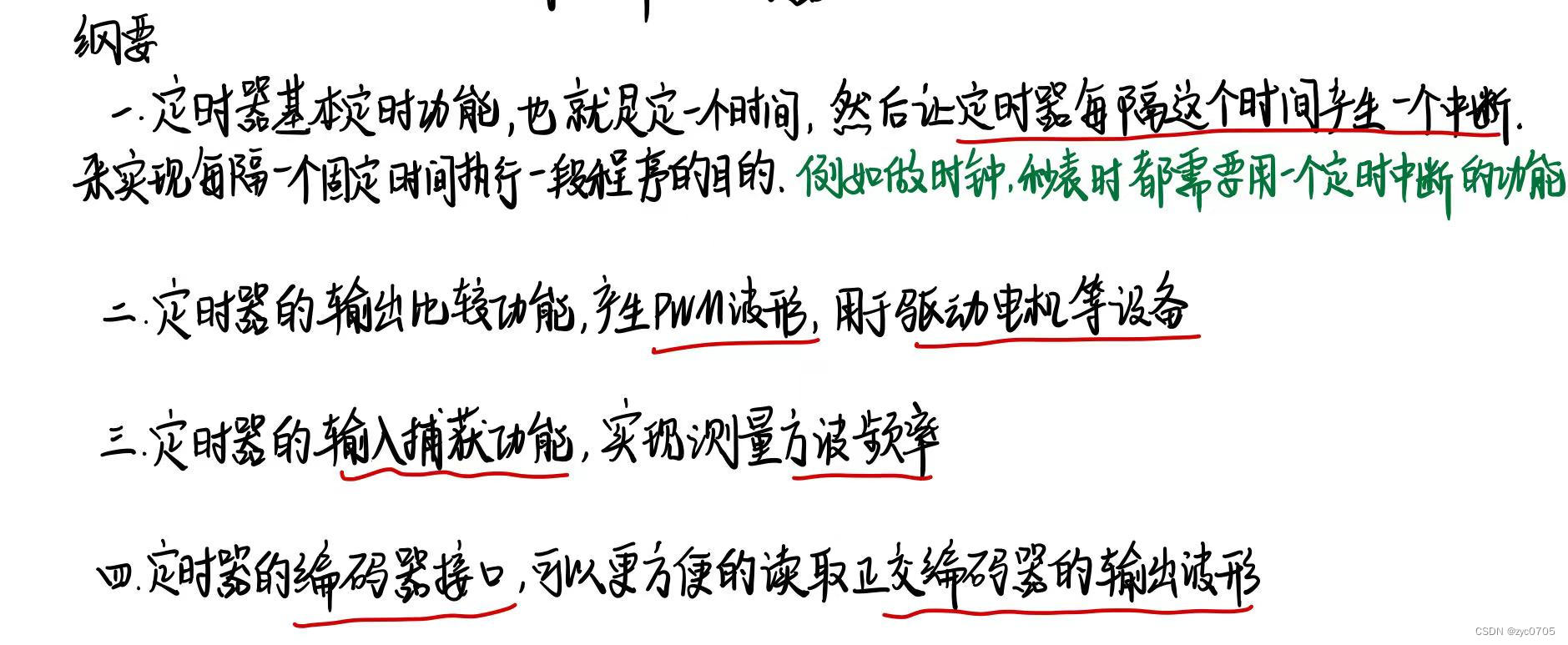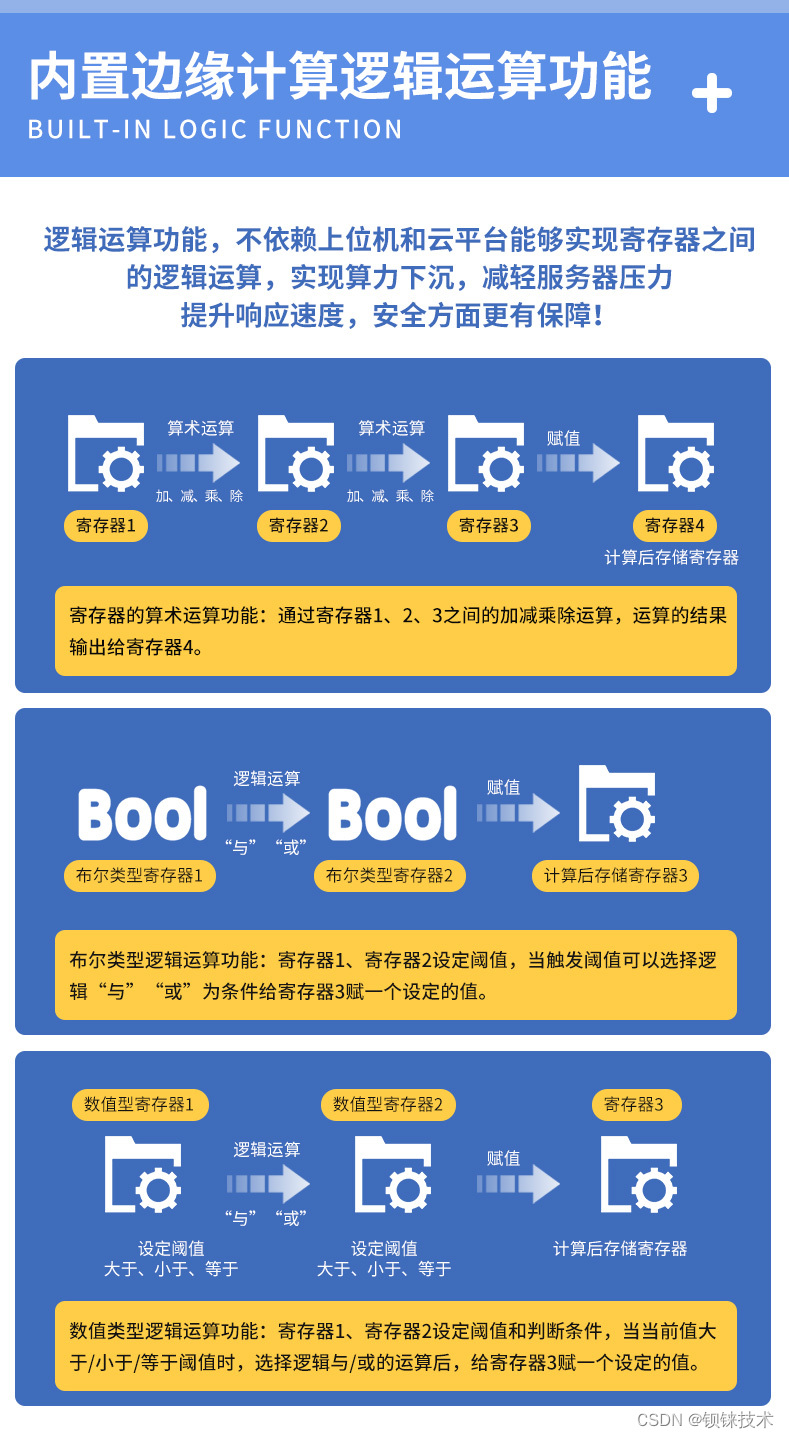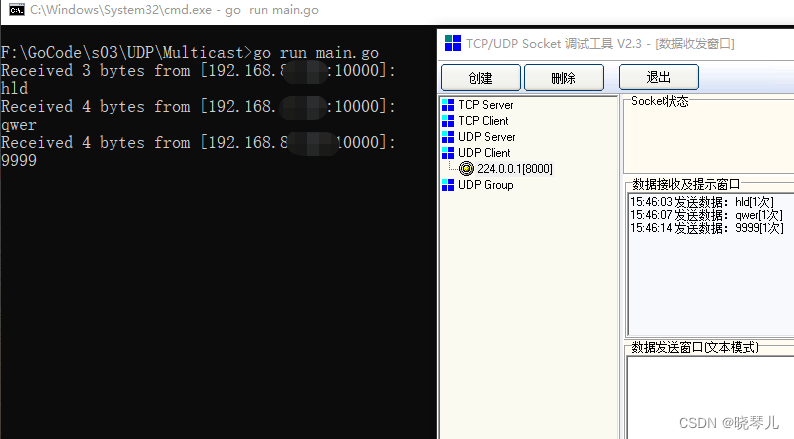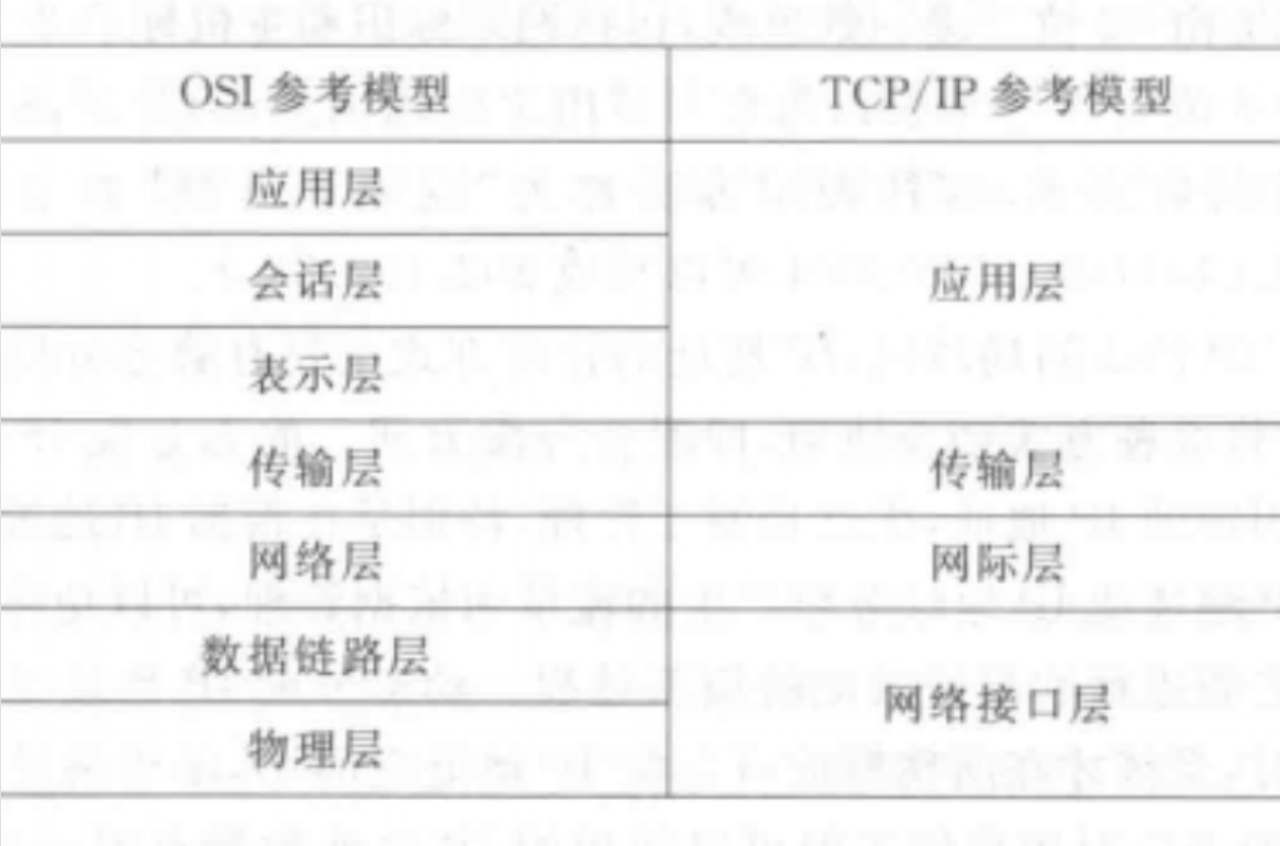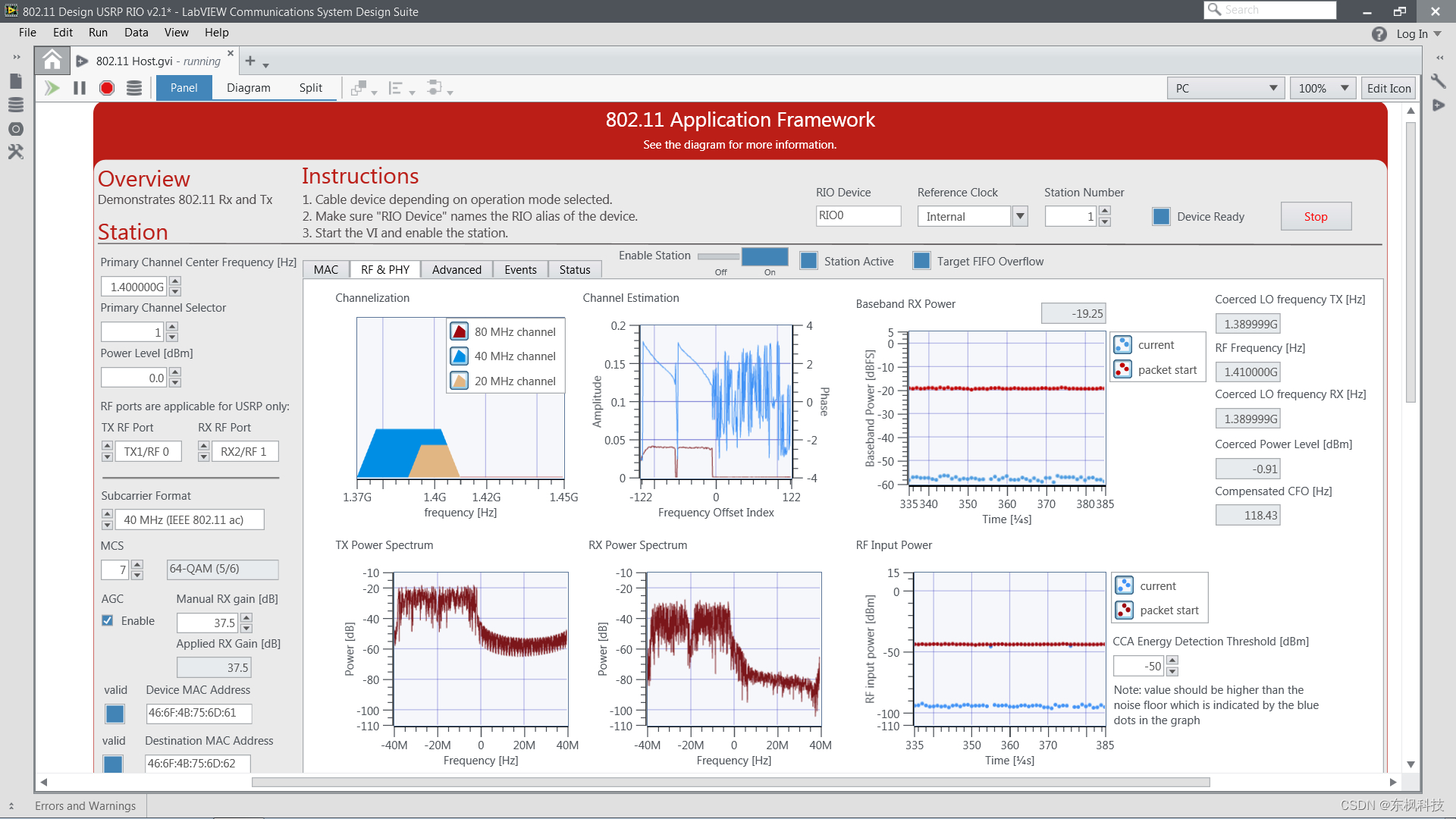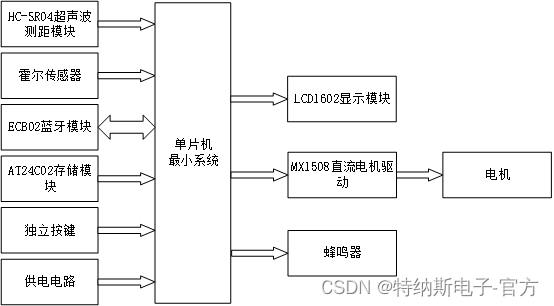Overview
The insatiable demand for reliable and ubiquitous yet affordable wireless data connections for both people and machines is putting tremendous pressure on the wireless industry. Industry consensus says that the next generation of wireless networks (5G) needs to improve capacity a thousand fold by 2020 without a commensurate increase in cost. To respond to this technological challenge, wireless researchers need to think outside the box and beyond the desktop simulation environment. They need to progress to the real-time prototyping of wireless systems to fully explore the innovations needed.
However, real-time wireless prototyping is an expensive, time-consuming task. Many factors need to be considered including the disparate skill sets required and the lack of a common hardware platform. But the most important challenge is a lack of viable starting points for the existing prevalent wireless standards such as LTE and 802.11 as well as new technologies such as massive multiple input, multiple output (MIMO).
The LTE, 802.11, and MIMO application frameworks provide ready-to-run, open, and modifiable real-time physical layer (PHY) and medium access control (MAC) layer reference designs. They are composed of modular baseband PHY and MAC blocks implemented using the LabVIEW Communications System Design Suite (LabVIEW Communications). The frameworks are designed to run on an FPGA and a general-purpose processor, which are tightly integrated with the RF and analog front ends of NI software defined radio (SDR) hardware.
Contents
- LabVIEW Communications LTE Application Framework
- LabVIEW Communications 802.11 Application Framework
- LabVIEW Communications MIMO Application Framework
- Additional Resources
These application frameworks provide a substantial starting point for researchers to find ways to improve and build prototyping systems. Some example research includes exploring brand-new algorithms and architectures that can support the tremendous increase of the number of terminals, inventing new waveforms by which to modulate and demodulate the signals, or finding new multi-antenna architectures that fully exploit the degrees of freedom in the wireless medium.
The frameworks are designed from the ground up for easy modifiability. This allows wireless researchers to quickly get their real-time prototype up and running based on the LTE and 802.11 standards as well as MIMO technology. They can then primarily focus on the selected aspects of the protocol that they wish to improve, easily modify the designs, and compare their innovations with existing standards.
The PHY and MAC blocks are documented in the product and presented in a graphical block diagram form using LabVIEW Communications. They have clearly defined interfaces, documented system performance benchmarks, and computational resource usage. Additionally, LabVIEW Communications is shipped with a video-streaming application that shows the transfer of real-time data over the air using these standards-compliant wireless links.
Relevant parameters for the wireless links are easily adjustable from the software front panel generated with LabVIEW Communications. Furthermore, relevant link metrics, including received power spectrum, received constellation, throughput, and block error rates, are also displayed for easy assessment of the link quality. They allow researchers to understand the effects of various parameters on communications performance.
These application frameworks, combined with the ease of development LabVIEW Communications provides and the seamless integration with NI SDR hardware, enable wireless researchers to innovate faster and reduce time to market for their next breakthrough innovations.
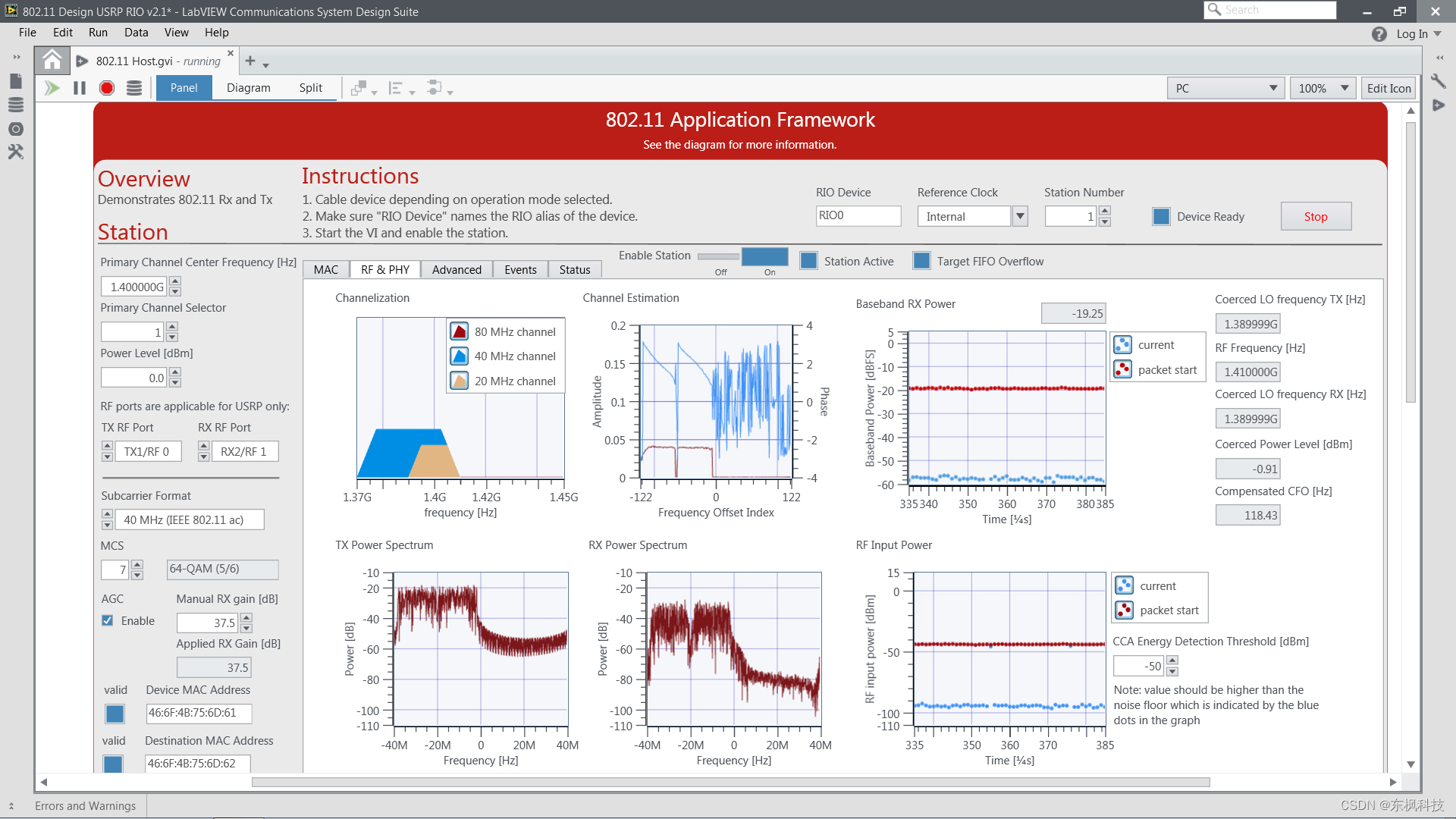
LabVIEW Communications LTE Application Framework
The latest version of the LabVIEW Communications LTE Application Framework includes:
- Subset of a 3GPP-LTE release 10 compliant physical layer
SISO configuration
Closed-loop over-the-air operation with channel state and ACK/ NACK feedback
20 MHz bandwidth
Physical Downlink Shared Channel (PDSCH) and Control Channel (PDCCH)
Up to 75 Mbps data throughput
Normal cyclic prefix mode
FDD and TDD configuration 5-frame structure
QPSK, 16-QAM, and 64-QAM modulation
Variable physical resource block (PRB) allocations
LTE-compliant data-channel coding
Cell-specific and UE-specific reference signals
Primary synchronization signal
Sounding reference signal (SRS) - Receiver algorithms
Automatic gain control
Synchronization based on PSS including time and frequency tracking
Channel estimation and zero-forcing channel equalization - Basic MAC to enable packet-based data transmission and MAC adaptation framework for rate adaptation
- Hardware support for USRP RIO, stand-alone USRP-RIO, NI Linux Real-Time, PXIe-7975/7976 PXI FPGA Modules for FlexRIO, and NI-5791 RF Adapter Module for FlexRIO
- L1/L2 API to interface with upper MAC

LabVIEW Communications 802.11 Application Framework
The latest version of the LabVIEW Communications 802.11 Application Framework includes:
- Subset of an 802.11a/g/ac PHY layer
SISO transmission
20 MHz bandwidth legacy (802.11a)
20MHz/ 40MHz VHT modes up to MCS 9 (802.11ac)
80 MHz VHT mode up to MCS 4 (802.11ac)
BPSK, QPSK, 16-QAM, 64-QAM and 256-QAM modulation support
Convolutional encoding and Viterbi decoding - Receiver algorithms
Training field-based packet detection
Time and frequency synchronization, channel estimation and zero-forcing channel equalization
Signal field-based demodulation and decoding
Phase compensation - Lower MAC layer
MAC and PHY interface: PHY-SAP according to 802.11 standard
MPDU generation and recognition
Multinode addressing, CRC and frame type check, SIFS timing compliant (16µs) ACK generation
Clear channel assessment (CCA) information from PHY, processed by MAC
CSMA/CA procedure
Retransmission
RTS, CTS, and NAV support - L1/L2 API to interface with upper MAC
- Hardware support for USRP RIO, stand-alone USRP-RIO, NI Linux Real-Time, PXIe-7975/7976 PXI FPGA Modules for FlexRIO, and NI-5791 RF Adapter Module for FlexRIO
LabVIEW Communications MIMO Application Framework
The latest version of the LabVIEW Communications MIMO Application Framework includes:
- SU-MIMO, MU-MIMO, and Massive MIMO support
- 50 MHz - 6GHz frequency coverage
- 20 MHz bandwidth TDD UL and DL
- Scalable number of base station antennas from 2 up to 128
- Scalable number of mobile station antennas up to 12 antennas
- Support for up to 12 spatial streams
- Fully reconfigurable frame structure based on LTE
- 128x12 MMSE, ZF, MRC MIMO precoder/equalizer FPGA IP
- 4-QAM, 16-QAM, 64-QAM, and 256-QAM modulation support
- Channel reciprocity calibration enabling reciprocity-based precoding
- AGC and open-loop power control
- Over-the-air synchronization
- Basic MAC functionality supports packet-based user data transmission in DL and UL to enable data-streaming applications such as video transmission
Additional Resources
- Download the latest version of the LTE Application Framework manual
- Download the latest version of the 802.11 Application Framework manual
- Download the latest version of the MIMO Application Framework manual
https://www.ni.com/en/shop/software-portfolio/overview-of-the-labview-communications-application-frameworks.html
https://www.ni.com/docs/en-US/bundle/377713d/resource/377713d.pdf
https://www.ni.com/docs/en-US/bundle/377555e/resource/377555e.pdf
https://www.ni.com/docs/en-US/bundle/377799c/resource/377799c.pdf



















